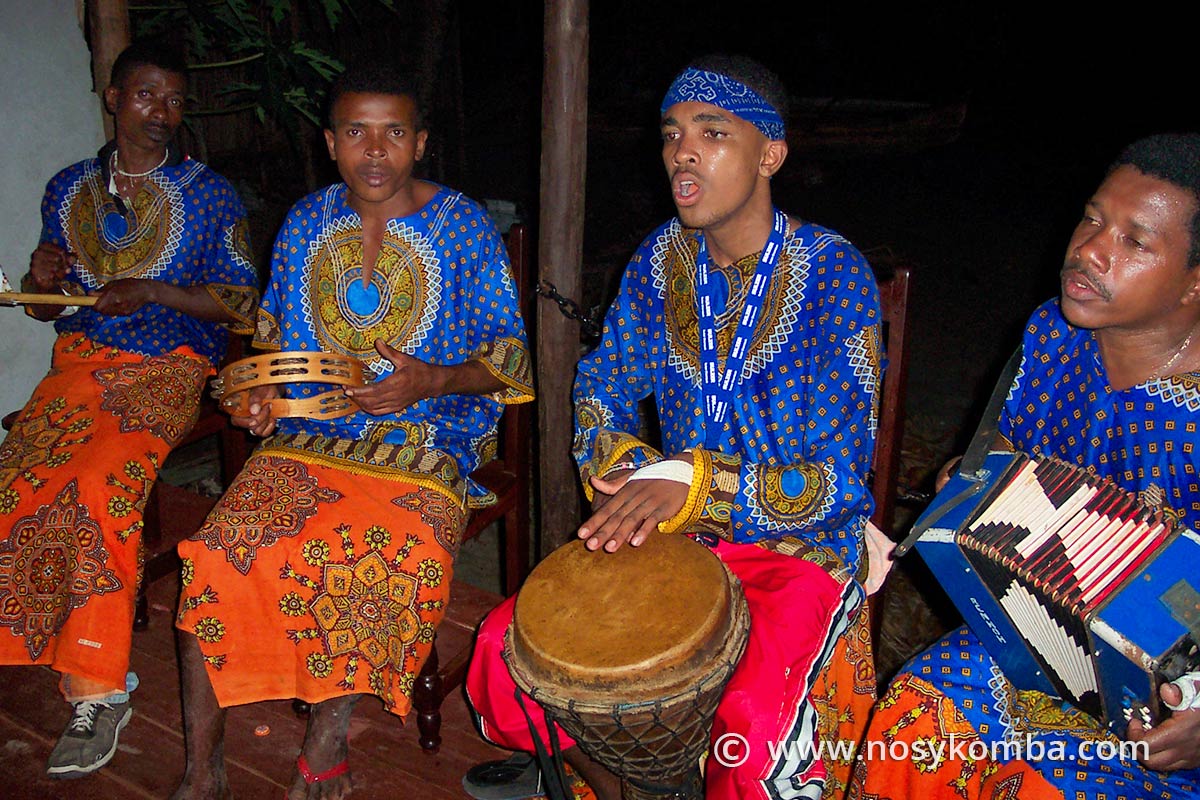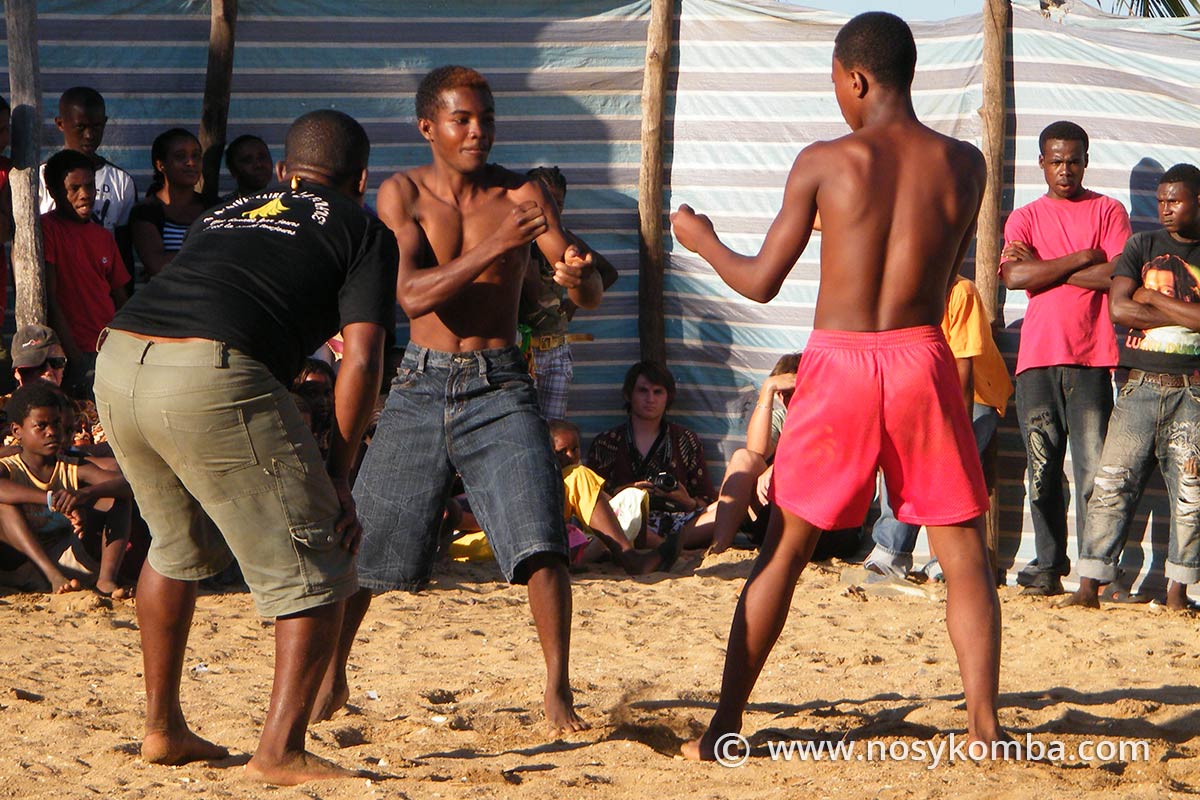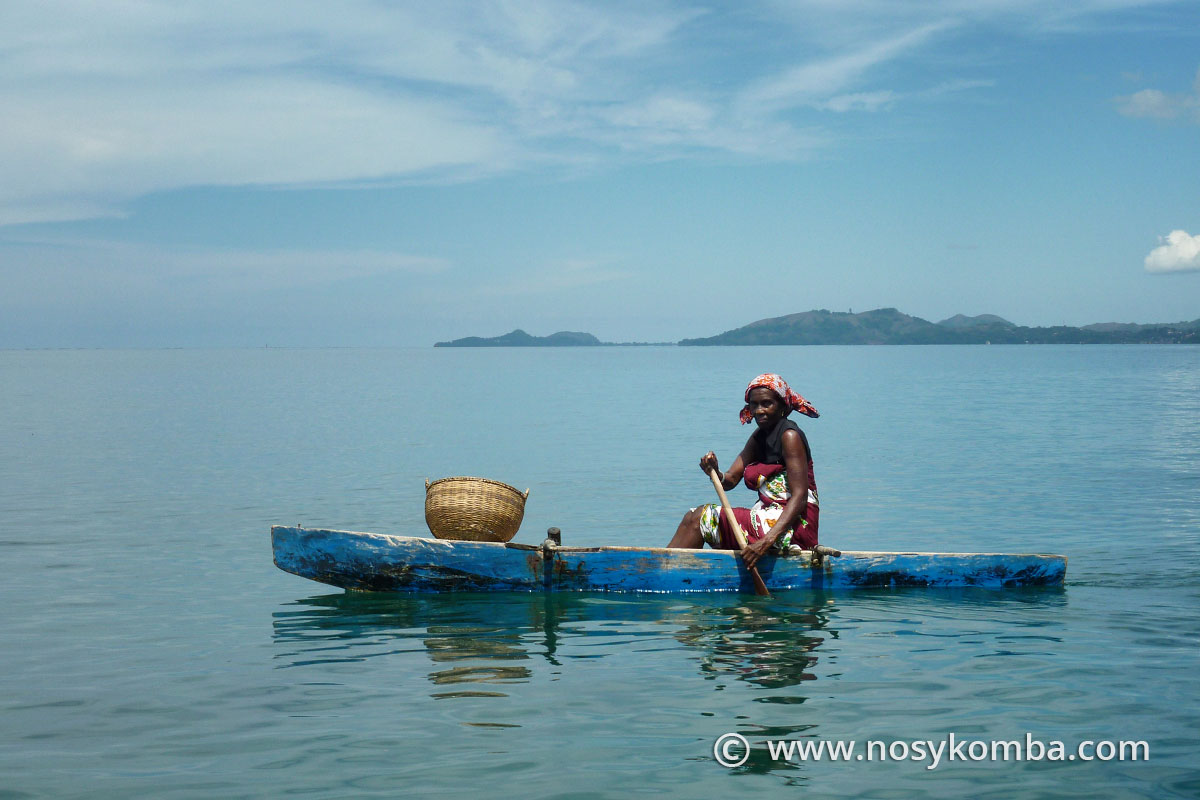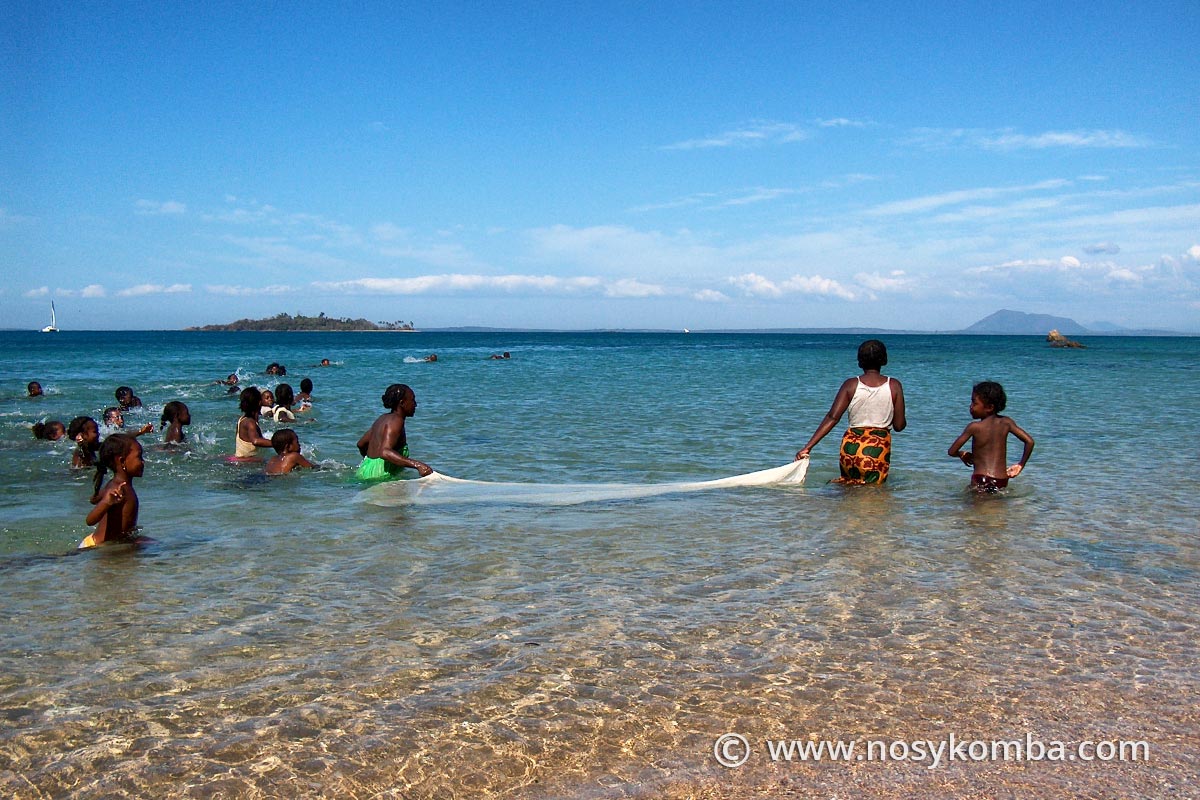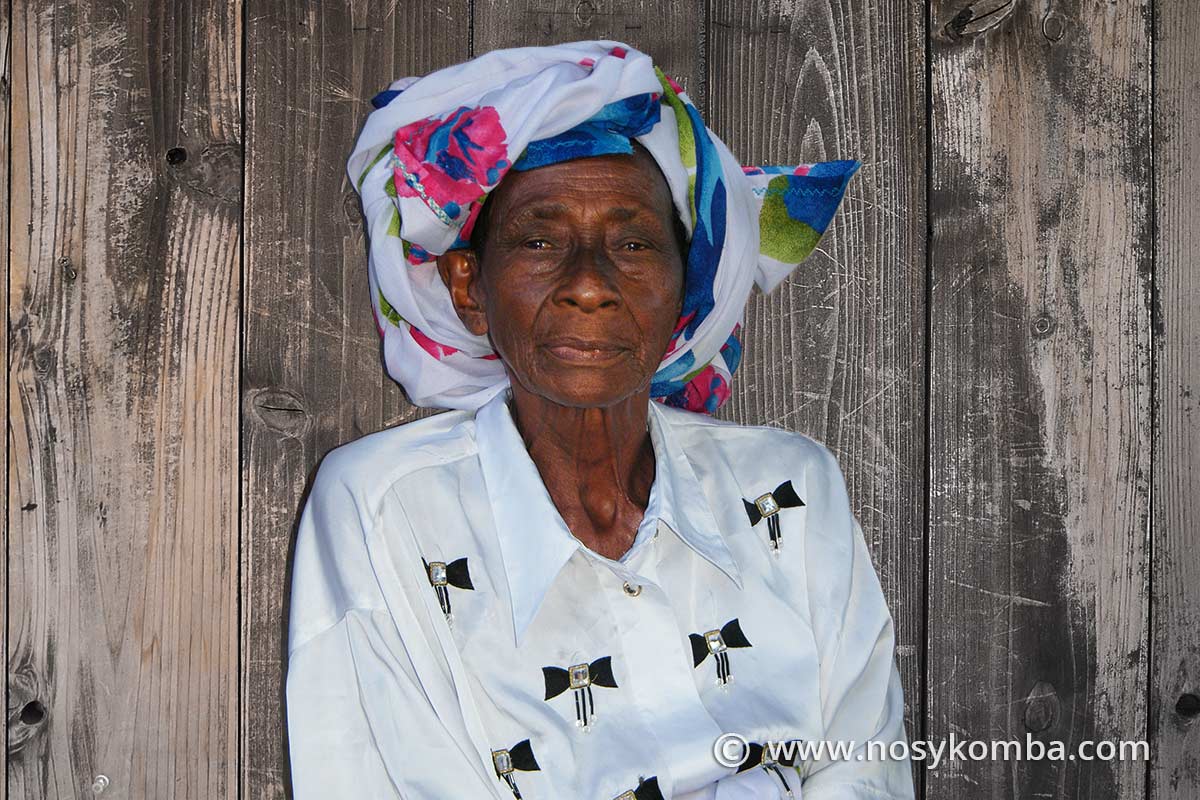Môrengy
Môrengy is a combat sport and a Malagasy martial art.
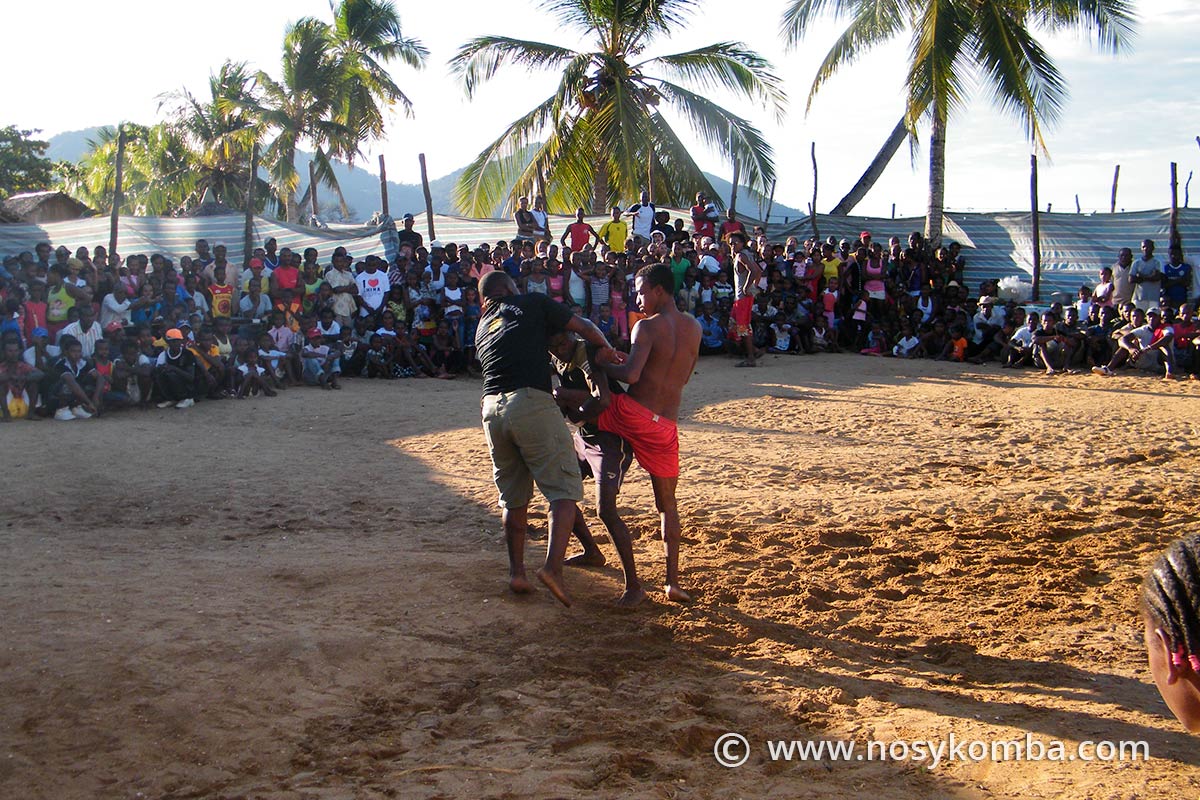
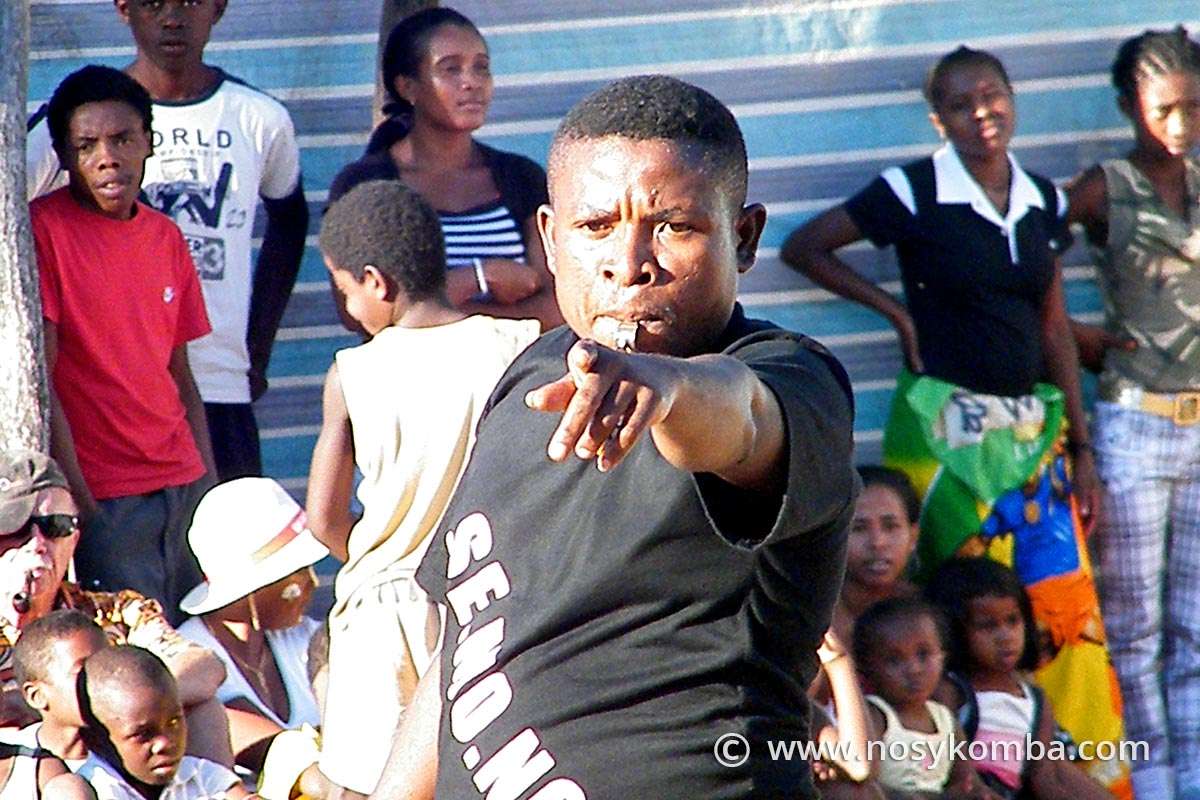
Môrengy is comparable to Thai boxing: two men take turns fighting each other with bare hands. Hand-to-hand combat is forbidden, but kicking and kneeing are allowed.
If the historical period and the context in which it was created are debated, we know with certainty that it was born in the Sakalava region, and more precisely in the northwest of the Big Island. It has since spread widely throughout the country.
Although the sport can be played in sports centres such as gyms, the Malagasy prefer its original version, in the open air and on the ground.
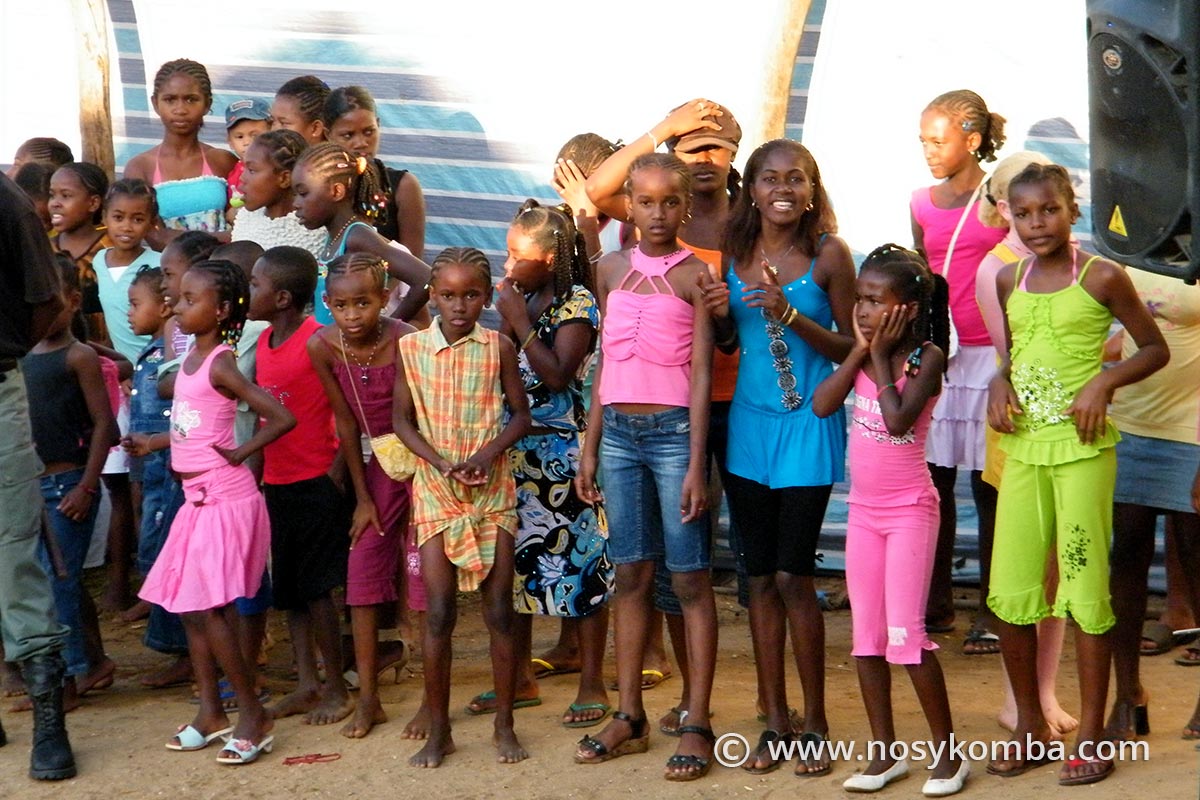
Nowadays, the môrengy is a tradition to which the Sakalava are deeply attached.
Taking place in the afternoon, it is also a public entertainment, which makes the joy of the youngest as well as the oldest. All the villagers can attend. They take part in the “show” by encouraging the opponents with joyful shouts.
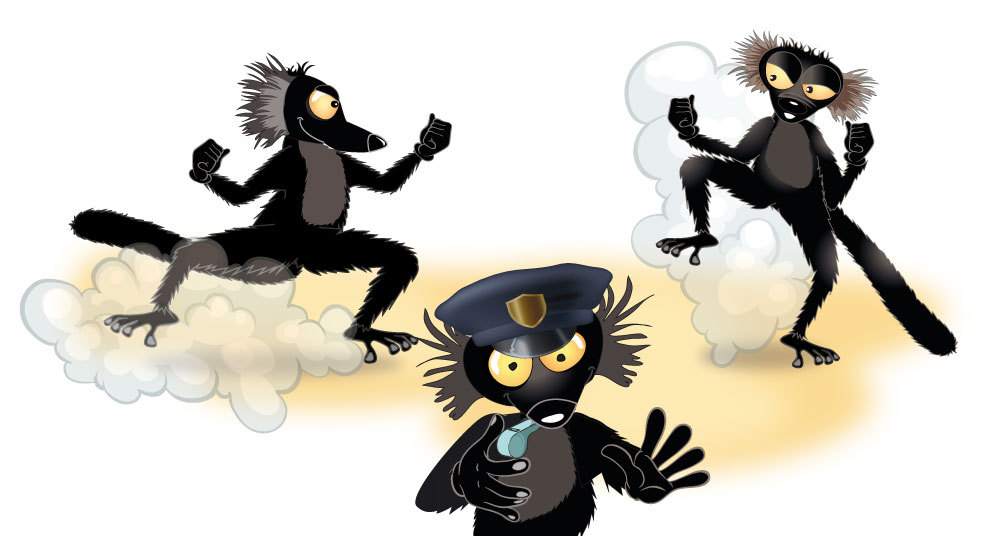
The music
Musicians also motivate them and enliven the performance by playing lively rhythms, often based on percussion. Music is inseparable from this martial art. In Nosy Komba, it is the salegy (a very rhythmic music typical of the north of Madagascar) which accompanies the môrengy.
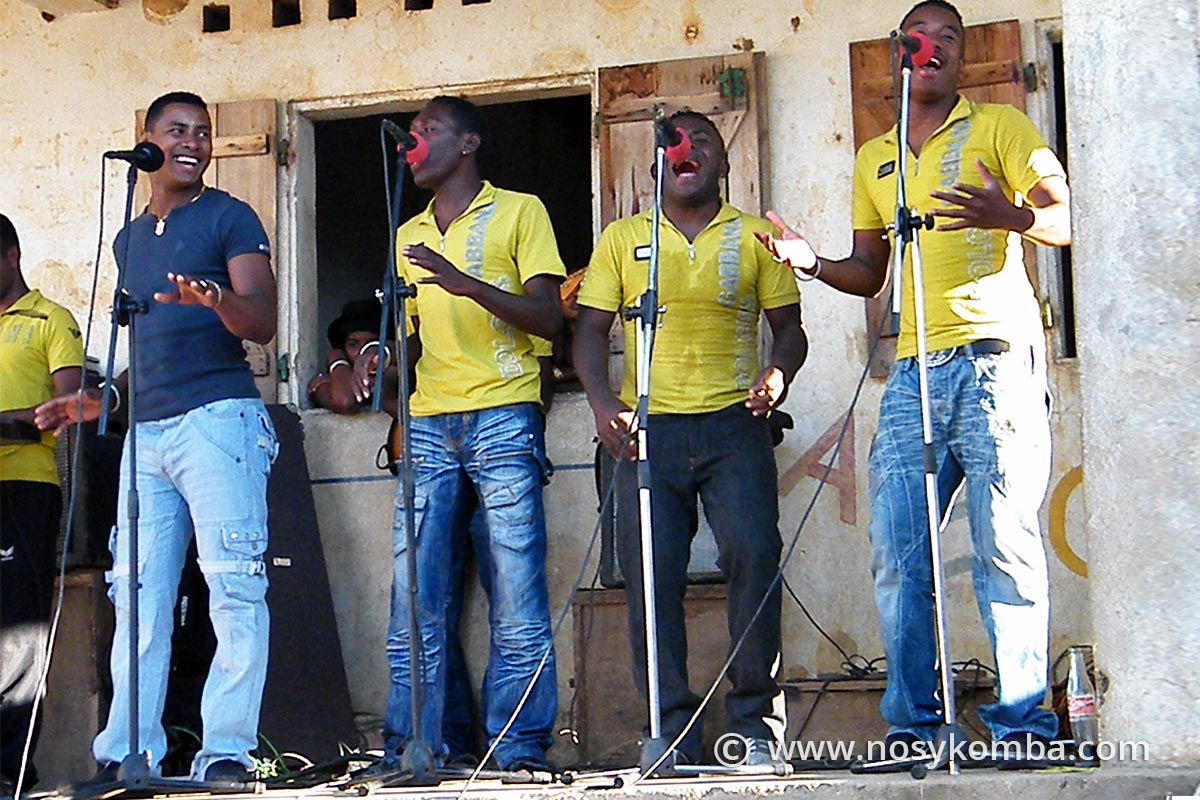
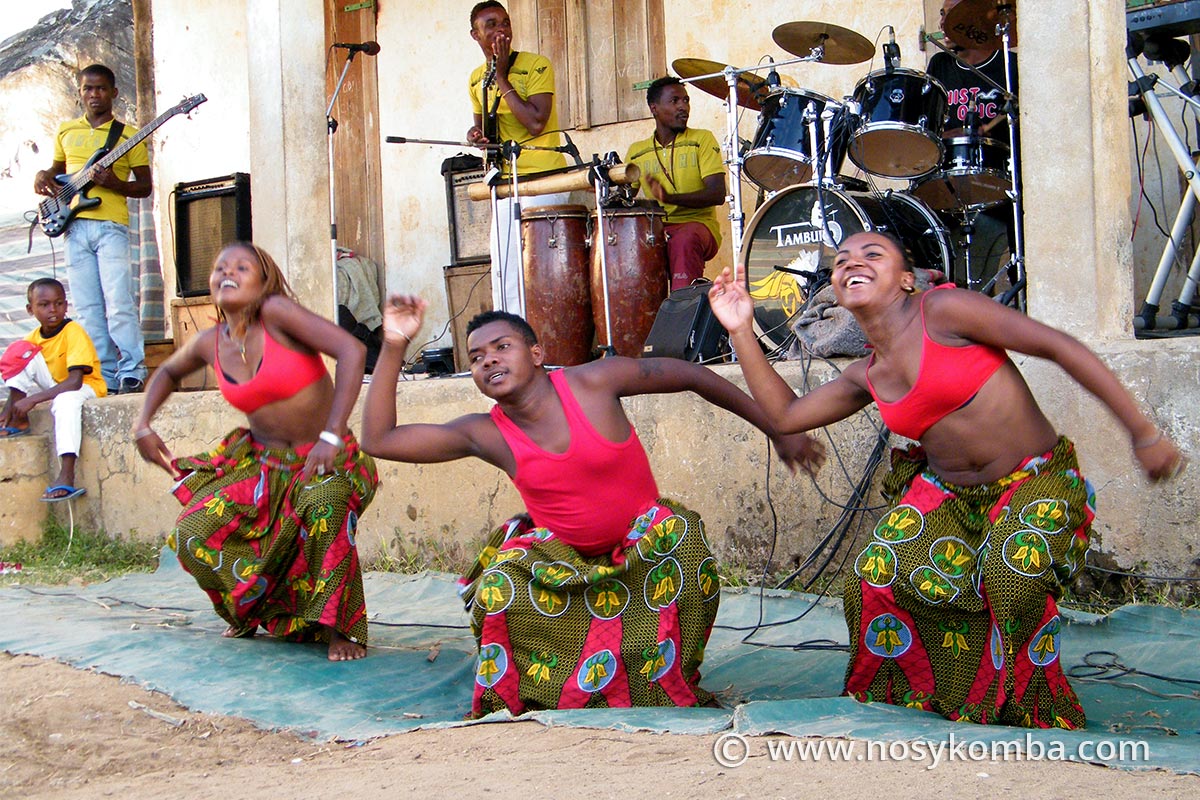
Sometimes, women in the audience perform a local choreography that goes hand in hand with the salegy, always with the aim of encouraging the “fighters”. In addition to being deeply rooted in the Malagasy culture and being particularly affectionate by the people, the môrengy is a spectacular and folkloric change of scenery which delights the travellers coming to visit the north-western coast of the big island, and which seduces them by its authenticity.
The dust bal
The fighting ends in the late afternoon, usually between four and five o’clock. Once the night falls, the famous “dust bal” begins. It is so called because it takes place on the ground, like the môrengy.
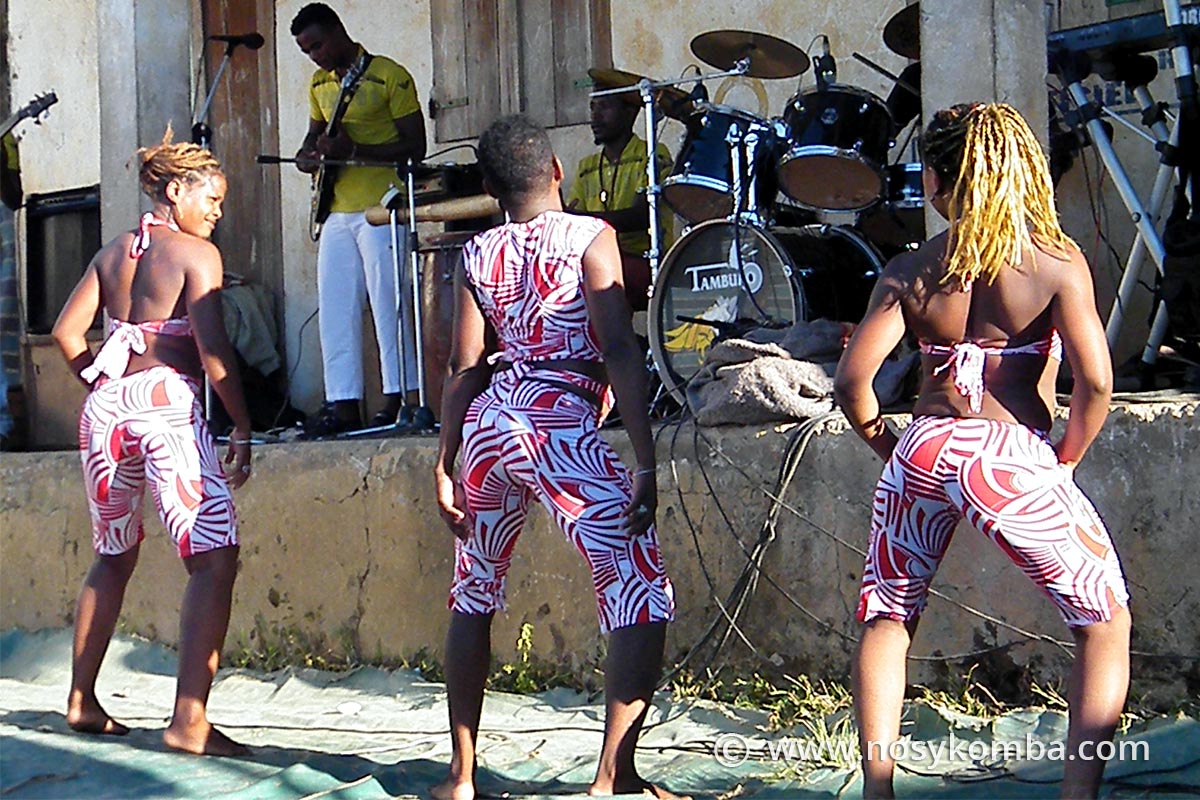
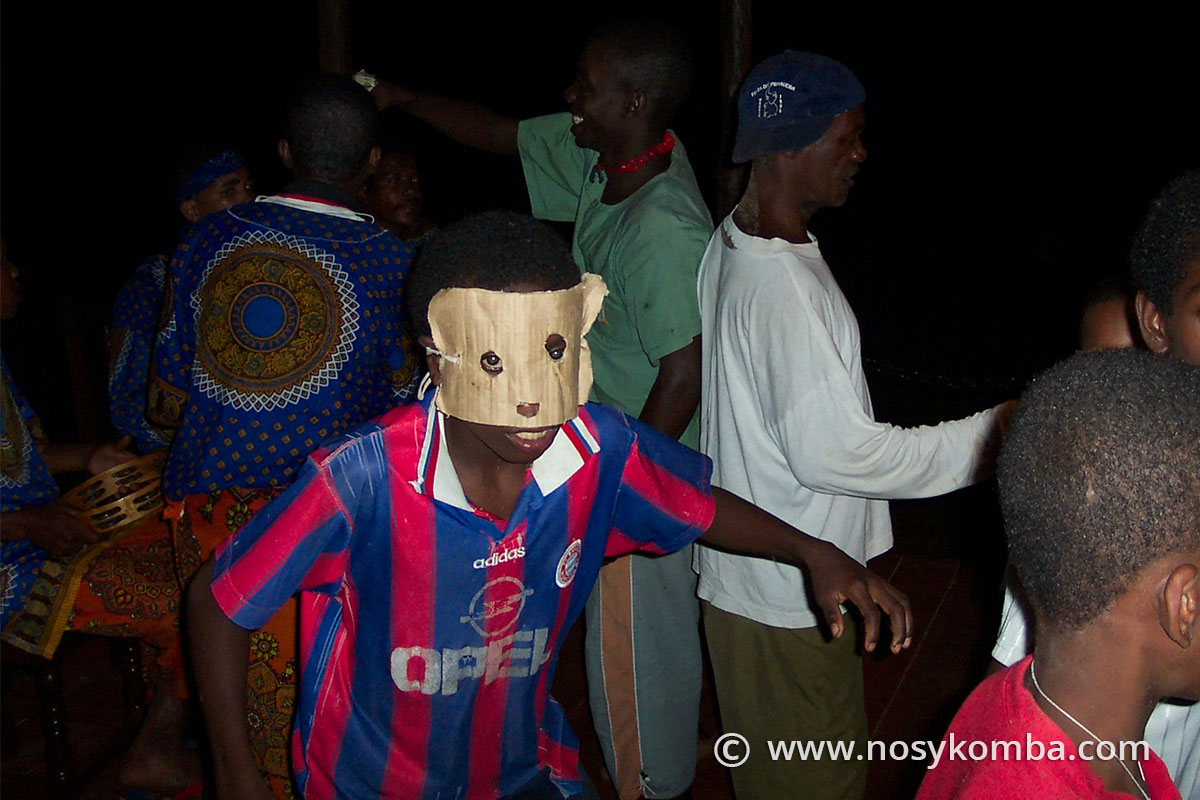
THB, the national beer, is flowing. Outside the bal area, there are many stalls where you can taste local appetizers such as zebu kebabs, fried fish, fritters… The dance party ends at first light, when the roosters give their first morning cries and the sky is tinged with the colours of the dawn.
